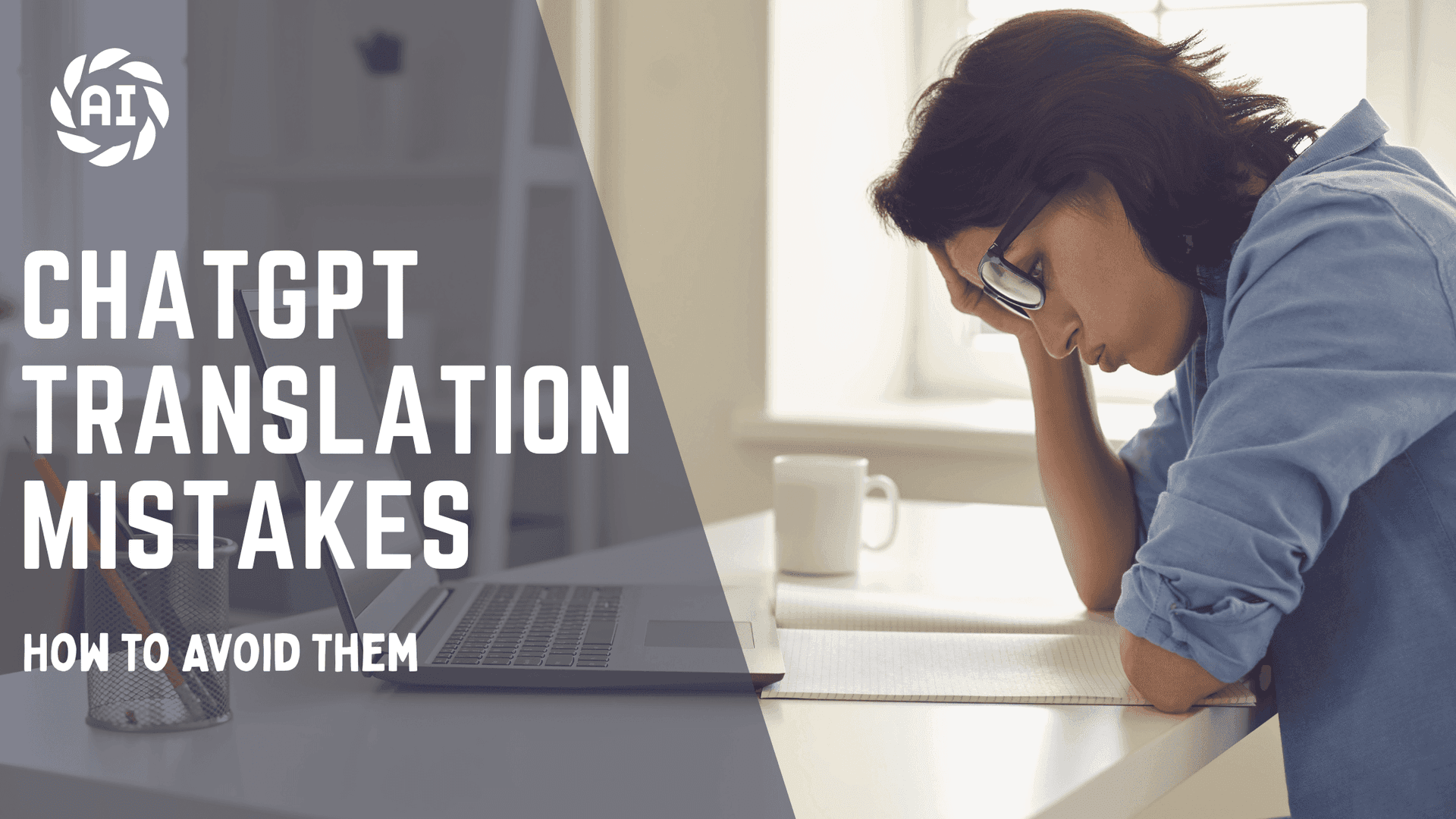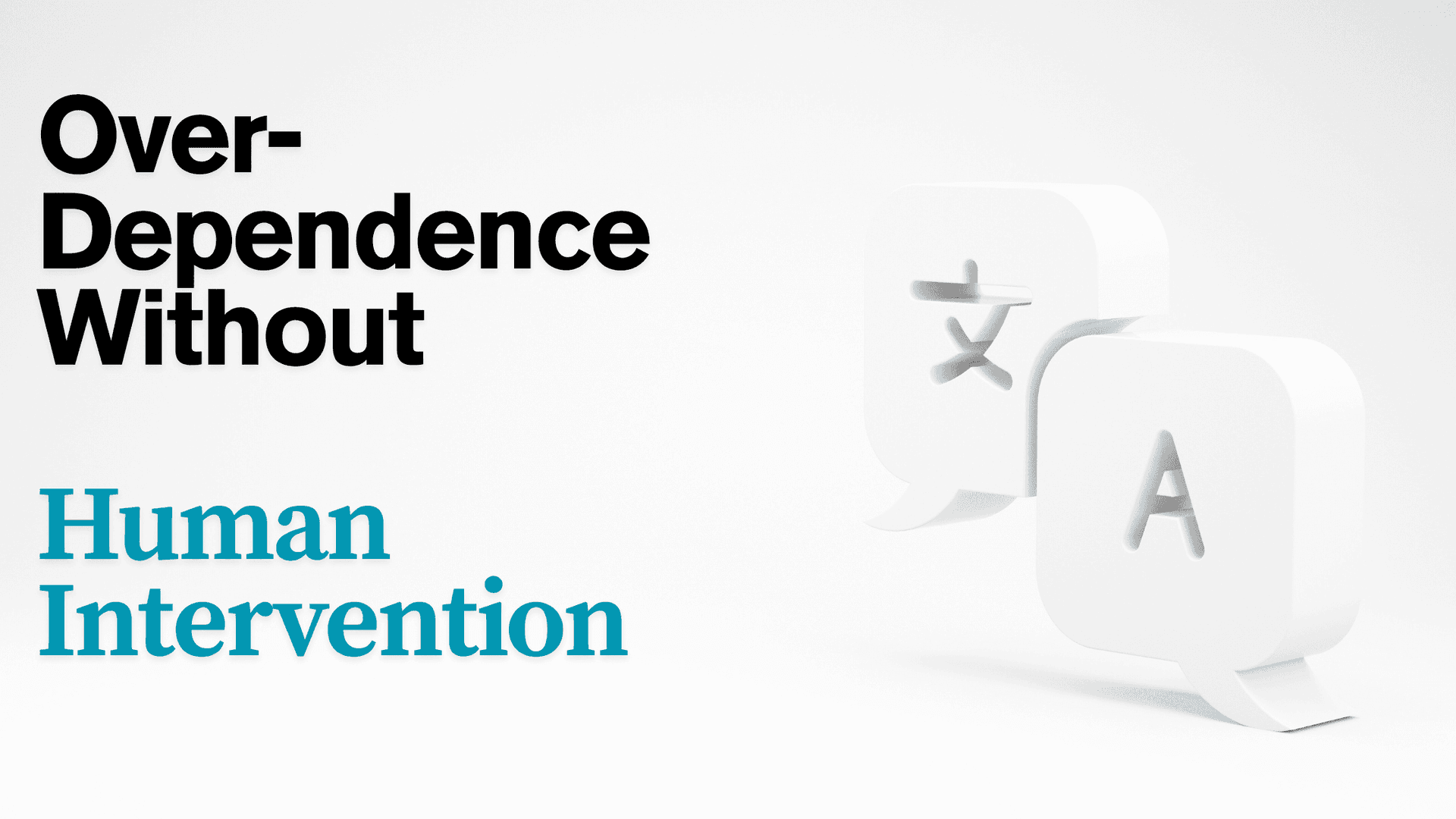In recent years, artificial intelligence tools have transformed the way we interact with language. Among these tools, ChatGPT translate stands out as a popular choice for translating content across multiple languages. Indeed, while the convenience and fastness of AI are undeniable, faultlessness is out of the questionIt is important to note the typical ChatGPT translation errors and way out from them for someone who relies on GPT translator tools. This blog discuss at wherein such frequent mistakes are found and ways to improve.

1. Literal Translations Rather Than Contextual Understanding
One of the most serious common issues with translating using the chat-gpt facility is that, it translates the sentences literally. Unlike human translators who would consider the context and cultural standpoint between languages, the tool simply spits out verbatim translations. This eventually leads to sentences that sometimes are awkward, if not 'nonsensical'. Some idioms or phrases that sounds well in english becomes confusing when translated directly to other languages. This is where the user needs to go back and check his translated content for context and use some other tools to compare. Fine-tuning prompts in such a way that the AI gets more context can also lead to better results..
2. Misinterpretation of Ambiguities
Ambiguity is yet another challenge for ChatGPT translate. Colloquialism is usually shared by words having meanings that differ from the context. For example, take the word bank in English-it could mean financial institution or bank on the side of a river. If little contextual information is ahead in the source transfer, the possible meaning that is likely selected by the GPT translator tools is likely to be the wrong one. That is an error which can make the message go opposite direction. Users should therefore give more context to minimize occurrence of such mistakes in GPT translate. Using ChatGPT translation, adding clarifiers or model sentences or examples helps push the AI into a better translation. Using translate GPT does not imply that the user does not use other sources for2 understanding its limitations can lead to miscommunication.
3. Errors in Grammar and Syntax

4. Cultural Blindness and Tone Mismatch
Language is so much part of culture that ChatGPT translation fails to realize that there are often cultural undertows detached from most phrases. You may find the GPT translator to be formal where informality fits better or vice versa. Such distortions can make them sound too stiff more often than not. Further, jokes, sarcasm, and other local idioms are particularly troublesome for GPT translate. One would thus recommend that when adopting the output of ChatGPT translation, considering the audience is very important. Clear tone and style instruction in your prompt can also guide translate GPT in getting the intended meaning. There is no way cultural context can be left out in any ChatGPT translate task.
5. Overuse of Technical Terminology
Another evident fault in translations produced by ChatGPT is the misuse or overuse of technical jargon. GPT translator models sometimes translate technical terms in a very narrow way, thereby missing their common usage in everyday language. Other times, GPT translation might just get it wrong by translating a technical term improperly and confusing the reader. To counter this, add explanatory notes or context to your input during the use of ChatGPT translation. A comparison with the work of real human translators on similar texts greatly aids this process. Context is very important when using Translate GPT, especially for translations in medicine, law, or engineering, where precision in the task of ChatGPT translation matters very much.
6. Hard time with Low Resource Languages

7. Ignoring Language Variants and Dialects
Several languages like Spanish, Arabic, and Chinese have different variants depending on the region. A phrase that sounds right in Spain might sound like an aberration in Latin America. The GPT translator tools usually default to the most popularly-used variants, making it a limitation of ChatGPT translate. The result would be technically correct translations but culturally far-off. To make effective ChatGPT translation, indicate the dialect in your input prompt. Translate GPT will much execute the clear instruction to utilize Mexican Spanish and not Castilian, for instance. Recognition of the regional difference continues to be part of the key for achieving culturally sensitive ChatGPT translations.
8. Absence of Domain-Specific Training
Although ChatGPT translate is trained with vast datasets, it is not trained to specialize in every domain. A prosthesis for legal or scientific text will fail; even a beginner would understand that particular terms are used to say specific things. ChatGPT translate may go haywire when it gets to content of domain-specific expertise and much worse yet with technical documents, having to double-read with field experts or authority resources. Adding some background context or sample sentences from the domain will help translate GPT even more. Important here is accuracy, as such translations must yield to augmented ChatGPT translate by expert input whenever possible.
9. Inconsistency in Long
When long paragraphs or documents are translated, ChatGPT translate produces terrible inconsistent terminology or stylistic variations. For example, a word to mean one term could be used by a GPT translator in the beginning and then uses another similar word later in the document. Such situation confuses readers at best and clouds the message. The counter measure to this is to segment the document into smaller components and carry out the description of main terms before using GPT translate. One can also instruct ChatGPT translation to maintain consensus of tone and terminology. Translate GPT performs better when it is given structured guidelines; therefore, plan your translation approach before extensive use of ChatGPT translate.
10. Over-Dependence Without Human Intervention

In summation
On one hand ChatGPT translate has crossed tremendous milestones in breaking the language barriers but on the hand, it has its defects such as literal translations, ambiguity, cultural mismatches, inconsistent terminology, and many more which users have to be cautious of. All these could be avoided by familiarizing oneself with common ChatGPT translation blunders and learning how to navigate around them-it therefore becomes a better means to maximally exploit GPT translator tools in nailing more accurate and effective communication. With proper prompting, human review and a clear understanding of context, translate GPT becomes an excellent ally in the multilingual world. When translating a business and casual message alike, it is important to always treat ChatGPT translate as a tool to assist-never replace-human judgment and culture.